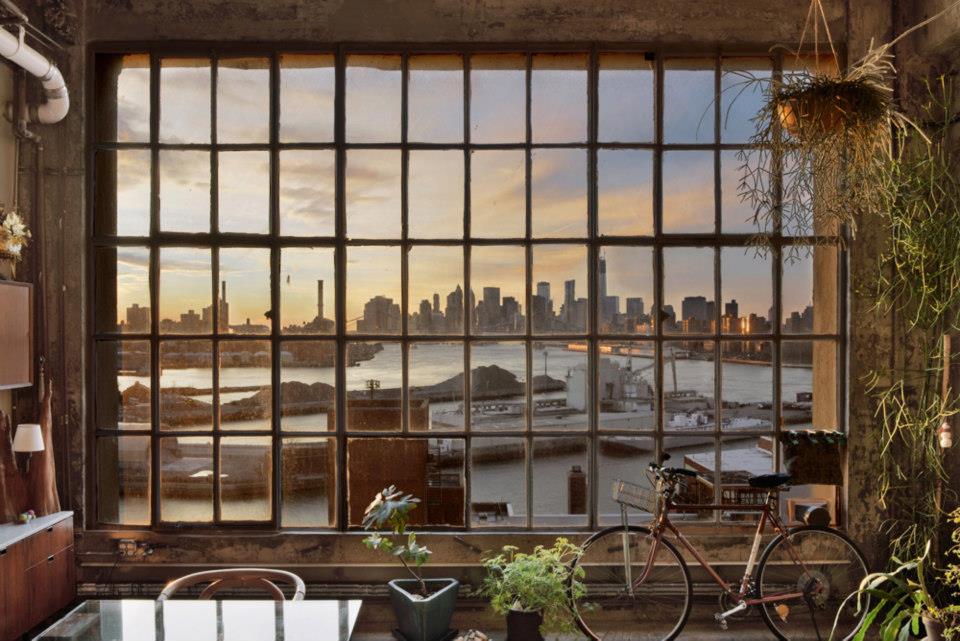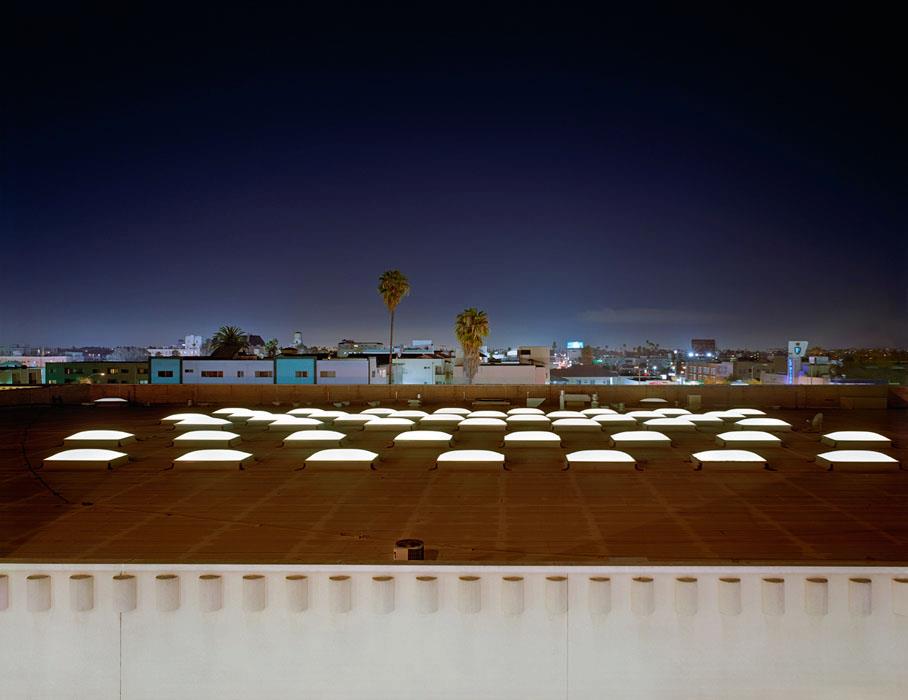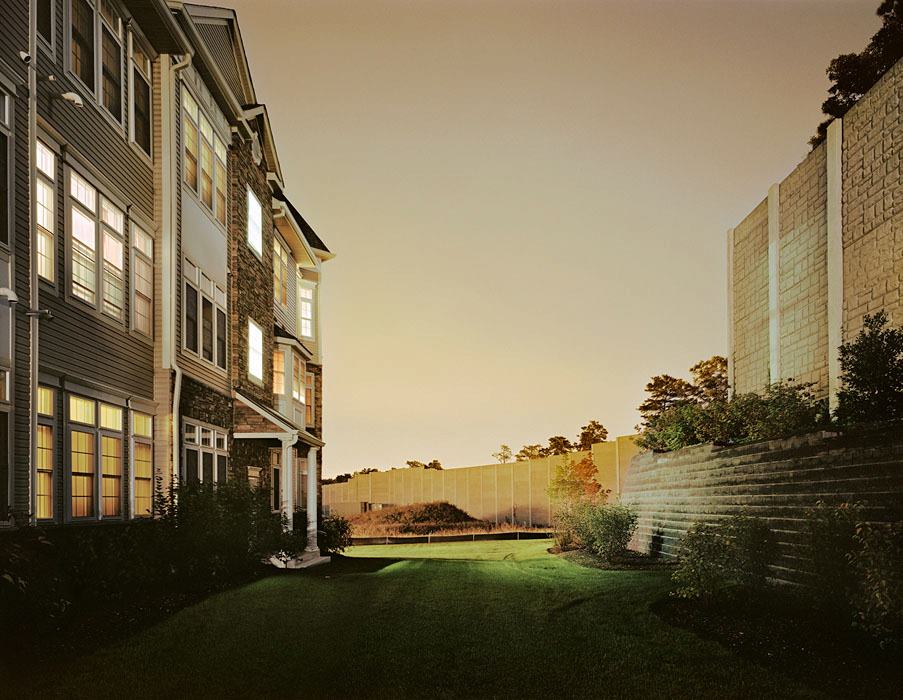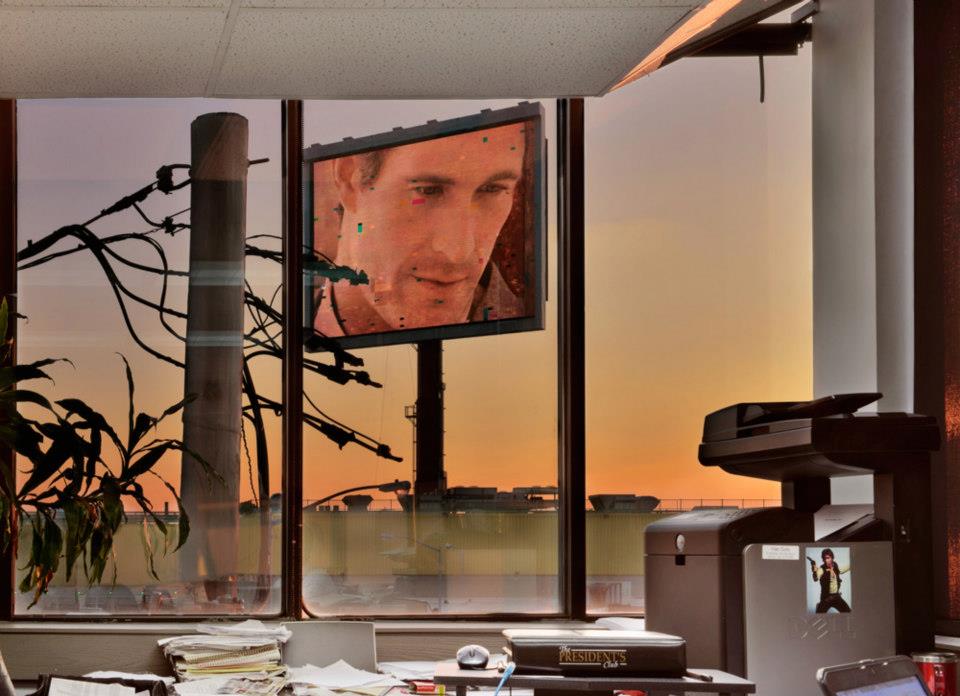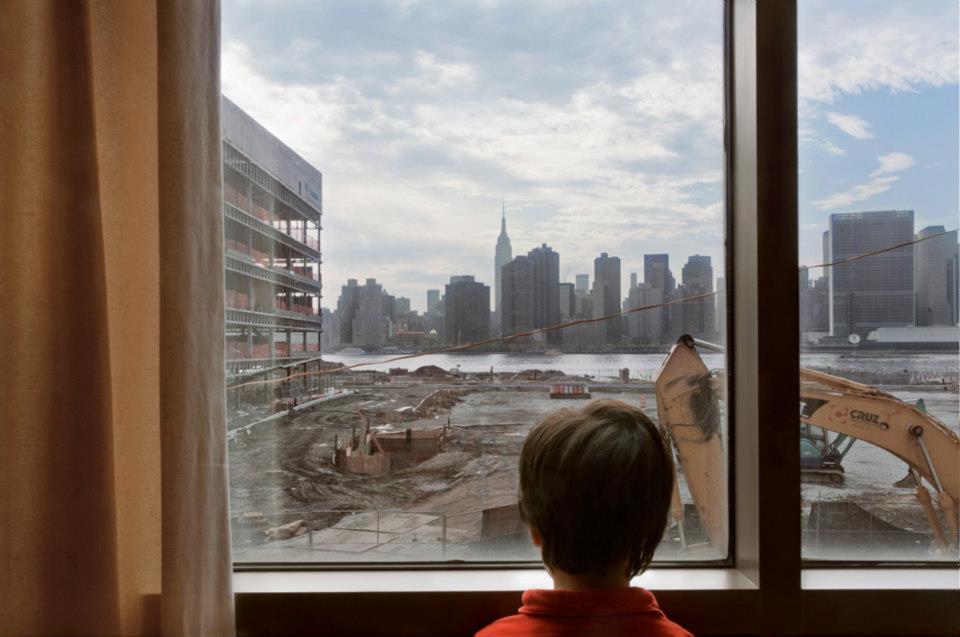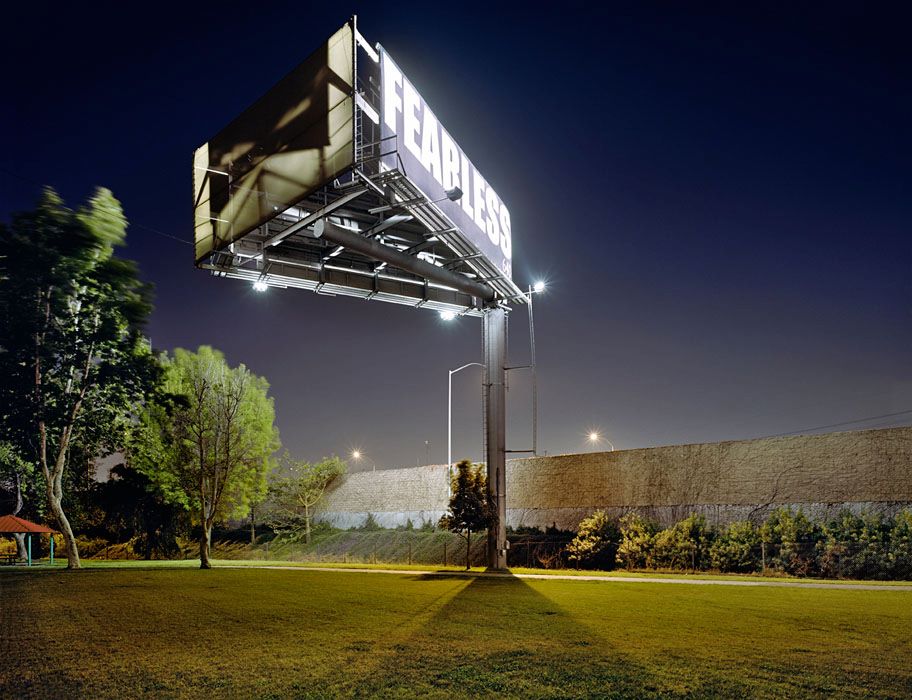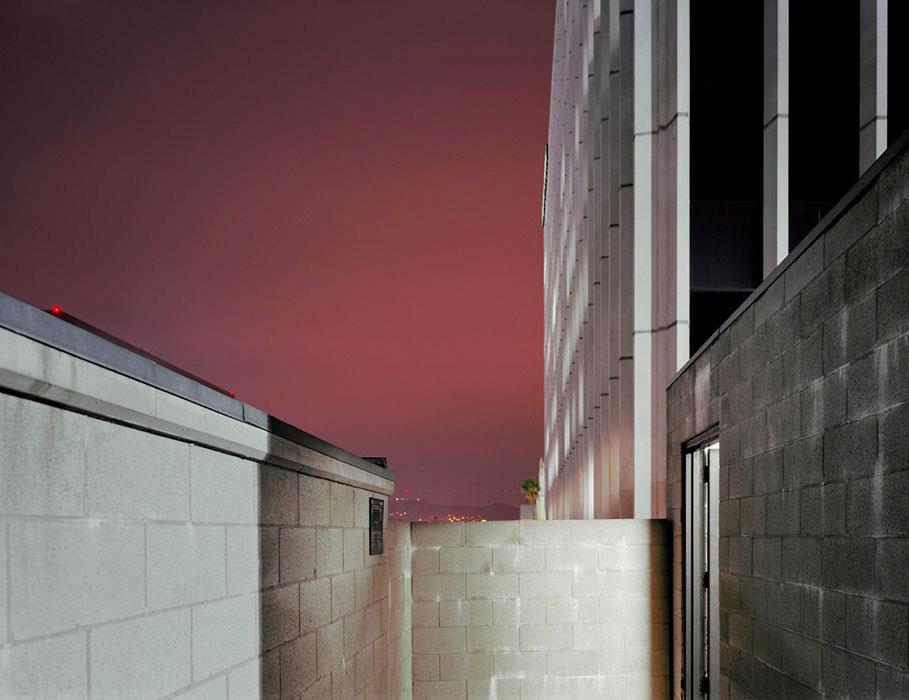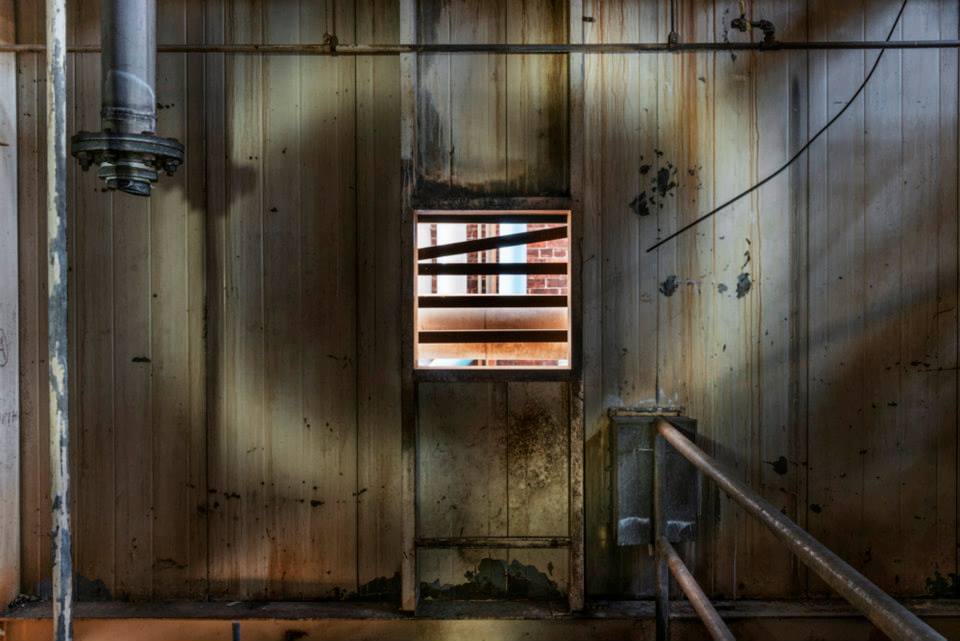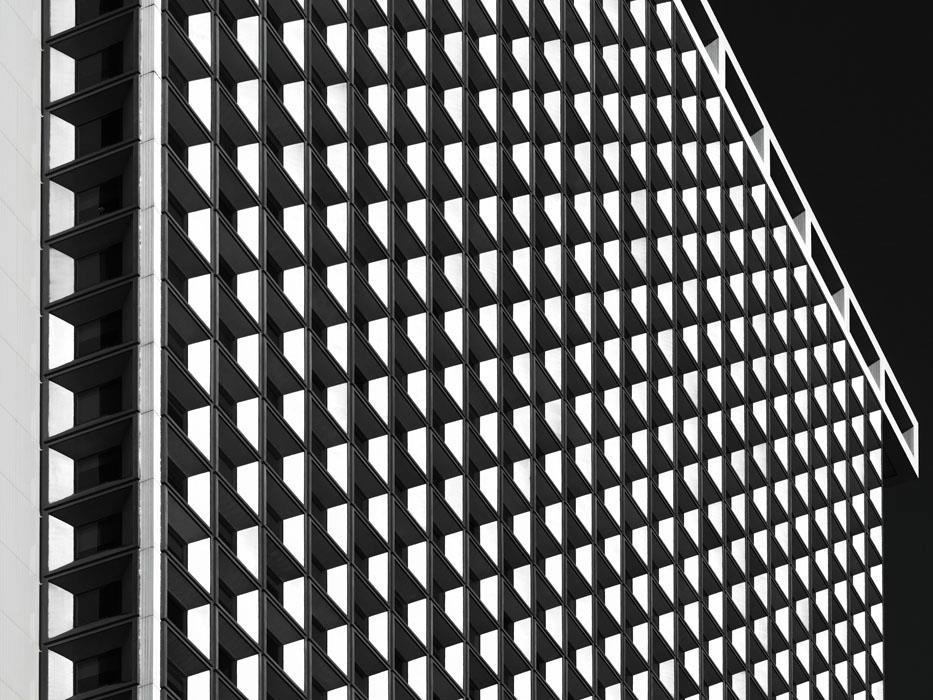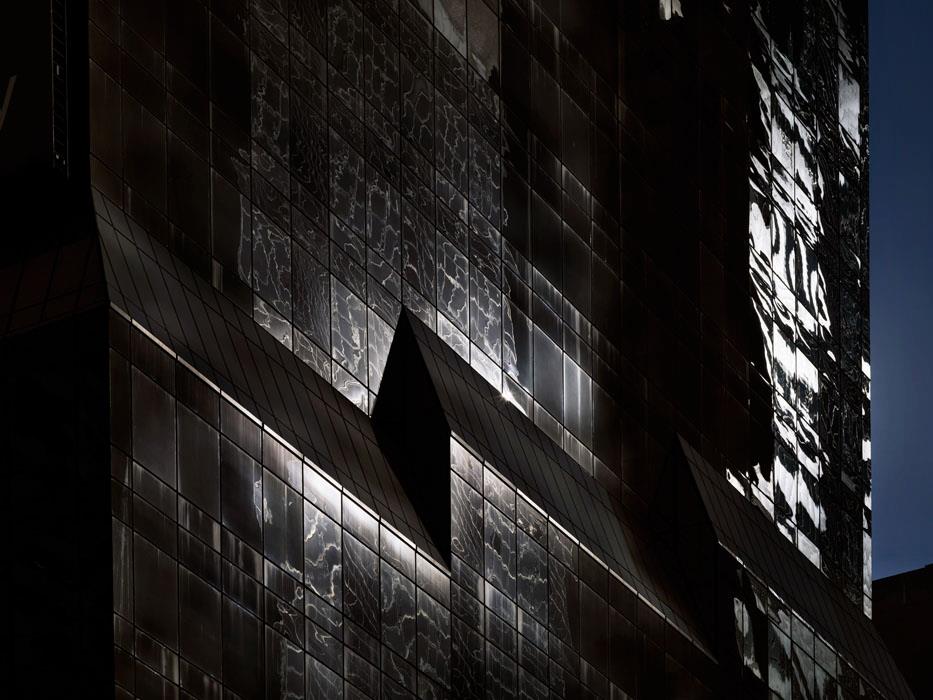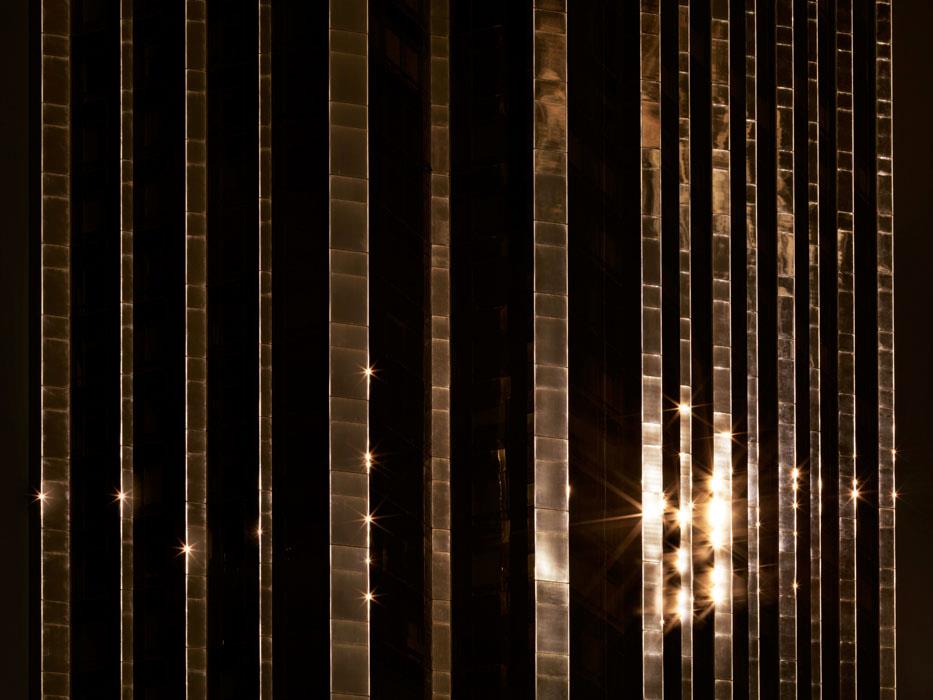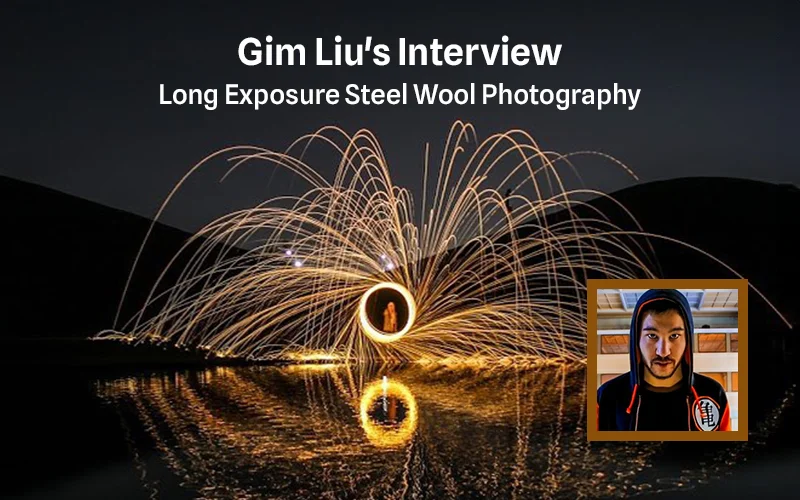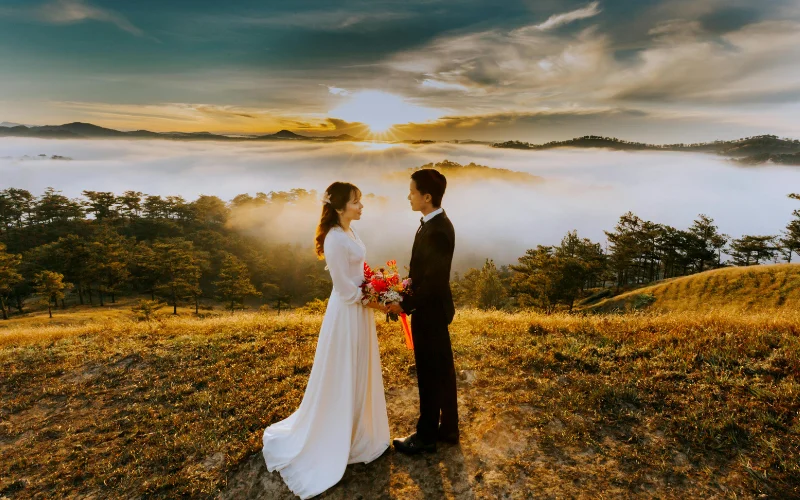In 1997, before completing his M.F.A. at The School of Visual Arts, and even before quitting his day job as an urban planner, New York photographer David S Allee published a photo essay he’d been working on during his spare time outside work and school in Esquire. Since then, David S Allee has been continually featured in more than twenty publications, including the New Yorker, The New York Times, and New York Magazine. His work has also been exhibited across the US and is housed in the permanent collections of the Library of Congress and Foundation Cartier in Paris, among others.
And although he transitioned from urban planning to photography, his interest in built environments endured. David S Allee explains that images of these forms, “usually require people to look closely, study, interpret, and infer. If a viewer is drawn into an image of a built environment, they’re forced to use their imagination to understand it, make sense of it, and in effect complete the image.” Through photographing the built environment in ways unseen, or never imagined, David S Allee’s able to uncover a strange and unreal facade city-life can sometimes call home.
And if you’re in New York City, the Morgan Lehman Gallery is exhibiting Allee’s newest project Kill Your Darlings. The exhibition will open on July 9th with a reception for the artist from 6-8pm, and will be on view through August 22nd, 2014. More information can be found here.
In this interview, David S Allee explains how he got his start in photography, explains how he captured his unique project Dark Day, and reveals how he’s able to make cityscapes look so unreal.
You started in urban planning, but you now shoot photography, mostly of built environments. How did you transition into photography? How would you describe your work?
It was a gradual process. I’d loved photography since I was a teenager. In my 20s, when I worked in planning, I was taking classes at night and shooting when I could. It was what I did with my free time at that age (other than drinking beer). As I approached 30, I realized it was now or never, and with a lot of encouragement from my family and friends I stopped working and went to graduate school and got an MFA. There was also a project I’d worked on photographing these urban miners in NYC called sandhogs. I learned about them through my work in planning as they were in the middle of building a 50-year long water tunnel project up to 1000’ below the streets of the city. I eventually published these photos as an essay in Esquire, which made me think maybe I can do this for a living.
Our built environments both guide and dictate the activities that happen within them. They’re rich characters to analyze and explore. What’s the attraction of built environments to you? Why are you interested in photographing these forms?
Structure, environments, spaces interest me for the stories they tell and layers of meanings they can describe. Photos of these forms usually require people to look closely study, interpret, and infer. If a viewer is drawn into an image of a built environment, they’re forced to use their imagination to understand it, make sense of it, and in effect complete the image. The more an image has this relationship with people who view it the more successful I see my artistic process. I also have great interests in architecture and planning and a desire to build and create. Photographing these forms and framing them probably also helps to fulfill some of these desires.
You’re able to translate them into something that satisfies beyond a general curiosity. When out shooting, when do you know you have something that’s going to work? Do you go through many different compositions?
I often return to the same place to take pictures. Or visit a place a number of times before I take a picture. I think eventually I visualize what I’m after in my mind and then taking the picture is easy, I just have to put the camera in the right place with the right lens. It’s instinctual when I know I’ve got it. And sometimes I never get it. There are some places that have a certain power in person that just doesn’t translate to a photograph.
For example, in The Frame of View, how did you sense that a certain view was worthy of being captured? How did you find these views?
Almost all of these views were ones I’d seen before. Some I thought would make good photos, others I had no idea. It was actually a project that had been on my mind for about 10 years but I wasn’t sure exactly what it was. The first image I shot was in 2003 and the next wasn’t until 2007. Then in 2012, I was organizing my archive and saw those two photos, realized fully what the project was, and decided to focus on this series.
There were a few that I discovered by exploring or that people who knew what I was working on told me about. But most locations were stored in my head from years of being in buildings, homes, apartments, and I just went back with this project in mind and photographed them.
I’m fascinated by your visual aesthetic. In many of your photographs, especially Dark Day and Night Series, you capture images that are superficially calm and bright, but after analyzing them for a moment, they can also be seen as ominous and strange. What are you looking for with your work? What does your photography say about you?
Strange is a good word. I prefer unreal. I think people take for granted the landscape and environments where we go about our lives. For example, we live on a round mass of land and water with a ball of fire in the sky! And in these great big endless cities. It’s all completely strange and unreal and science-fiction — like if you really look and digest it. Taking pictures of seemingly ordinary things and making them seem anything but, and focusing people to see that, is one of my goals as an artist.
Was there a moment when everything finally clicked and you knew what your visual aesthetic was? When did you find your voice?
I don’t feel like there’s been any one single moment. I think my visual aesthetic has evolved over many years, primarily in graduate school where I had time and the freedom to explore, spending days or weeks just wandering taking pictures, looking at them, thinking about them. That’s probably where I found my voice, my aesthetic, whatever we want to call it. It’s not conscious, though. I know when I see something that there’s probably a good picture there or I see something that inspires me. This happens all the time in New York City where I live or other cities that I travel to. Most places that I go I constantly see these potential pictures. Except maybe the suburbs, it’s more challenging to find inspiration there, maybe it’s the sameness and homogeneity, I’m not sure. I suppose certain landscapes I have to look a little harder to find those views or moments, those things I’m drawn to.
Could you explain how Domino Sugar Factory came about? What was your first step in pre-production, exactly?
The Domino project came about because the owner initially contacted me to possibly document the place. Someone had referred me and they’d seen some of my photos from a project years ago about a defunct and dilapidated asylum upstate. I’d been intrigued by the place for some time but once I toured it I realized it was something I was really interested in photographing. So I just offered to take pictures and share them with the owner if they gave me access, and, for over a year, I went, sometimes for just an hour or the whole day. In terms of pre-production there wasn’t that much logistics involved, it was more of a mindset. A friend recommended the book “Sweetness and Power” which I read. I tried to keep in mind what my point of view might be or what I was trying to express as I approached the place, with its conflicted and ugly history. And it became clear very quickly that the violent and chaotic way sugar was refined could be seen everywhere and that this mirrored its ugly history, as did the dark chamber, prison-like, torturous feel of the place.
12:20 pm, Water Street ed. 7 (2010) is one of my favorites. It’s like a Frank Stella painting, an image to be admired simply because it’s visually invigorating. Could you explain how this image was made from start to finish?
That picture is unusual because it took so long to get to the final image. The technique and process in the series Dark Day (which that image is part of) is something I played with in graduate school over 10 years ago. The idea was to shoot into blinding reflections and let as little light into the camera as possible, enabling us to see something we wouldn’t otherwise be able to, and creating a reimagining of the cityscape. It was very hard, technically, to do it back then with the type of cameras that existed, with digital in its infancy. I tried shooting with chrome or slide film, and neutral density filters, under-exposing for the highlights but it couldn’t get me what I wanted, it was simply too much contrast. And I shot that building on Water Street back then but the image was too abstract, it just looked like a grid of white lines, unclear that it was a building. So I kept this idea in the back of my mind for years, taking a few other pictures along the way. It wasn’t until 2010, armed with the latest hi-resolution medium format digital gear, that I was able to shoot these reflections (which, as I mentioned, are blinding to us but a camera can see into by letting in much less light than our eyes and brain are able to, as well as managing the intense contrast with a wider tonal range). It should also be noted that the pictures in this series are almost completely un-retouched, the final images are virtually identical what I saw on the LCD screen on my camera back. There were a few locations that I wanted to shoot again, almost 10 years later, and this building on Water Street was one of them. And I think in the end, after scouting the right time of day and year when the sun would hit and reflect off the entire highly reflective façade, that I got the image I imagined all those years ago.
What inspires you? Any artists, photographers, ex-lovers? Any last parting words?
I’m obviously inspired by the built world. But I also feel as though I see and notice things differently than most people and that I’m able to find things to photograph that are interesting or compelling or beautiful that most people wouldn’t notice or might take for granted. This is very meaningful to me because I enjoy the idea that after people see my photos they might look at certain things differently. A reimagining of a cityscape for instance; or that I have changed their perception or their perspective. It is inspiring to do that. I get emails from people from time to time telling me how they enjoy my work and it’s nice and feels good to read them. But I remember one email in particular a few years ago, shortly after my Dark Day show had closed and I wasn’t feeling too great for some reason. The email was from an artist who I didn’t know personally at all but whose work I really admired. He told me he’d seen my show recently and that it was “one of those super rare experiences where you walk out of the gallery and onto the street and it all looks so different. So: thank you.” It was a wonderful affirmation at the exact right moment. I’m not sure someone could have given me a higher compliment.
Be sure to check out all of David S Allee’s work on his website and newest exhibition!

